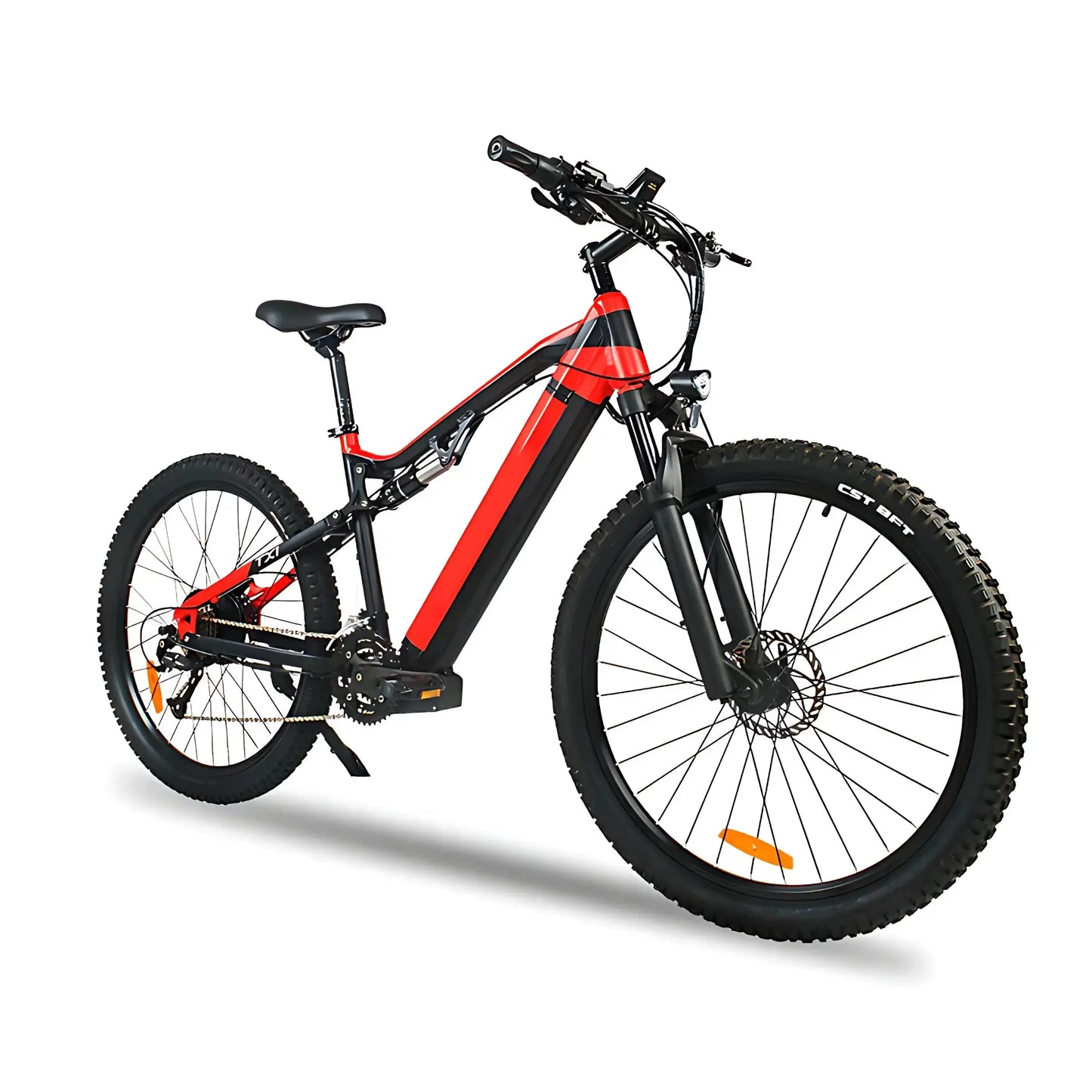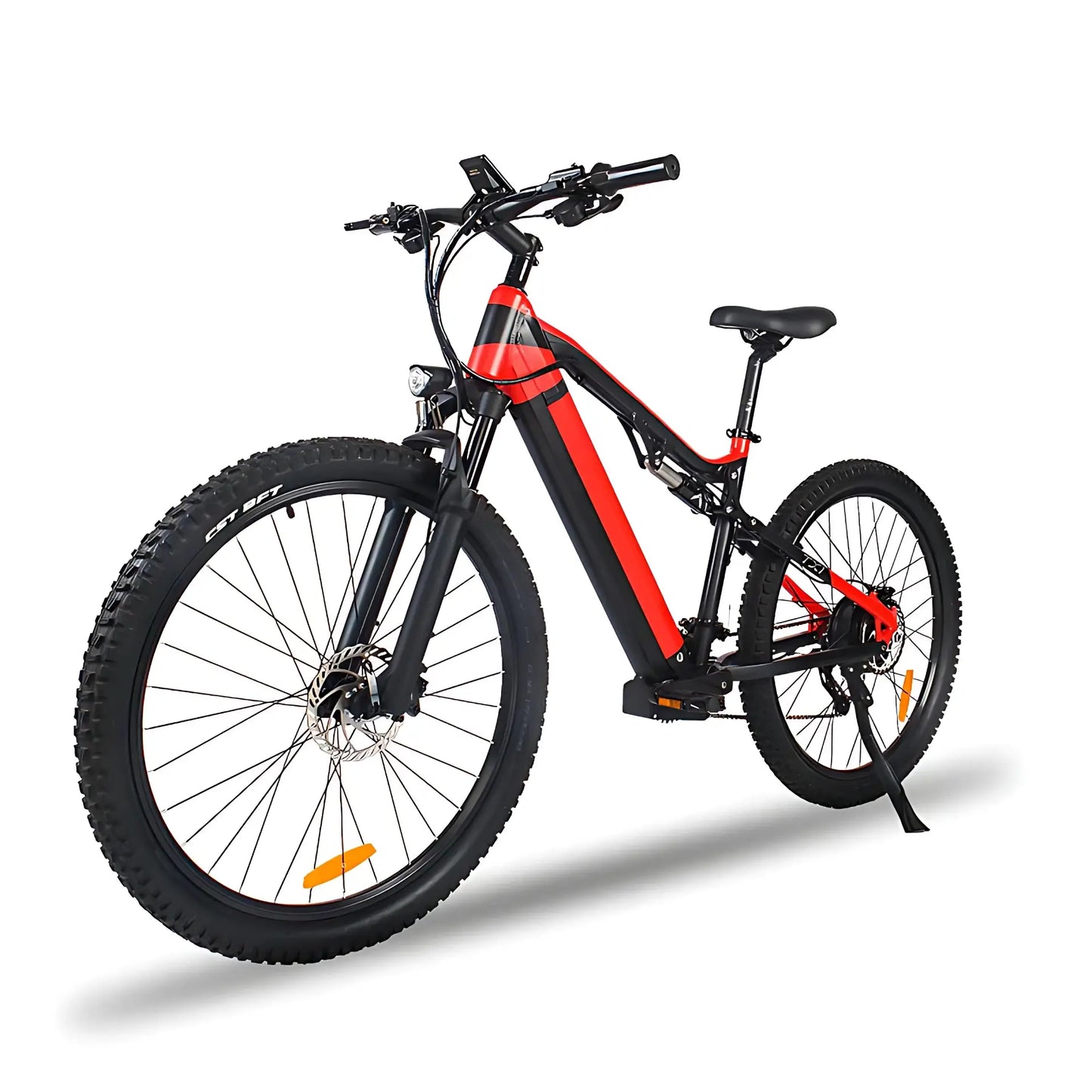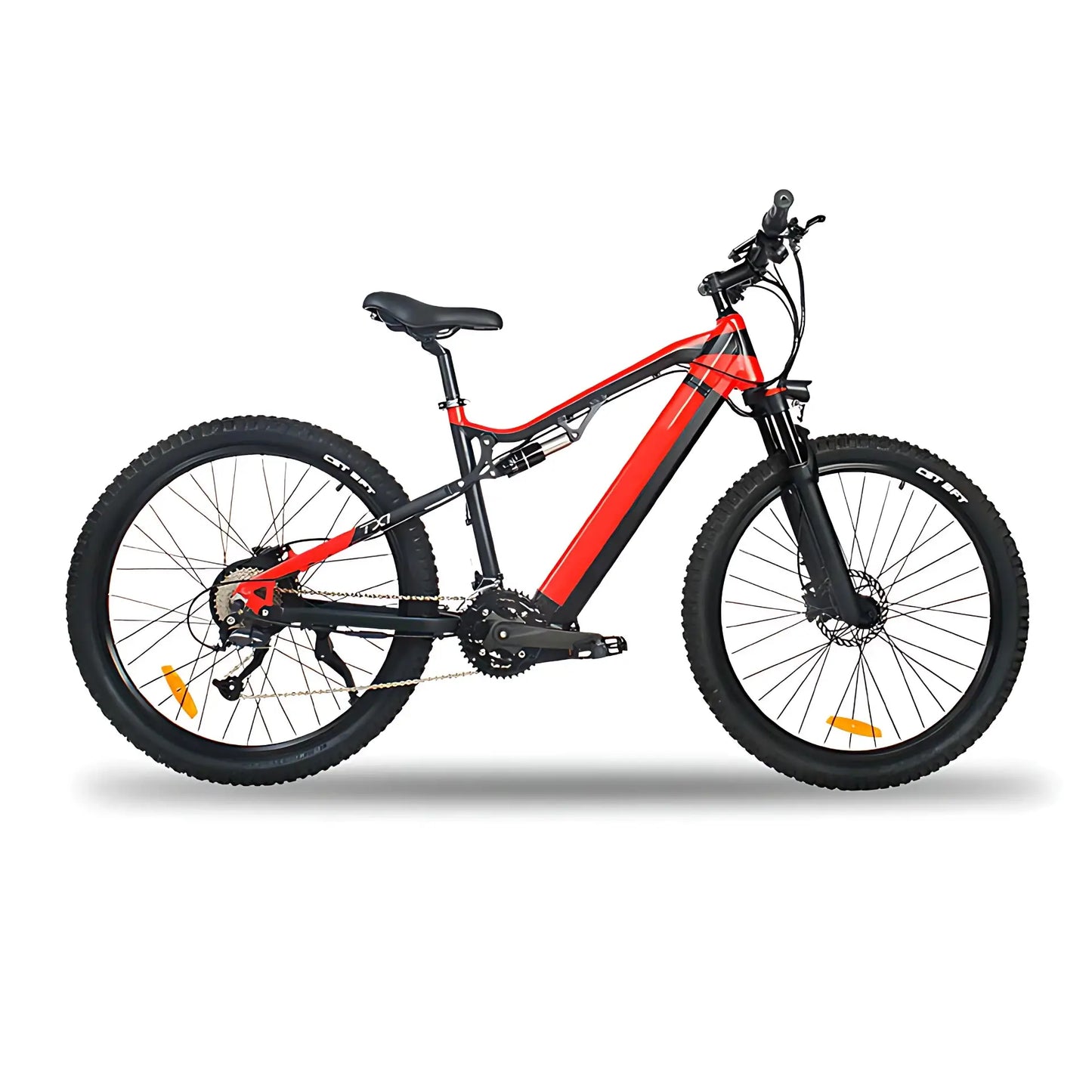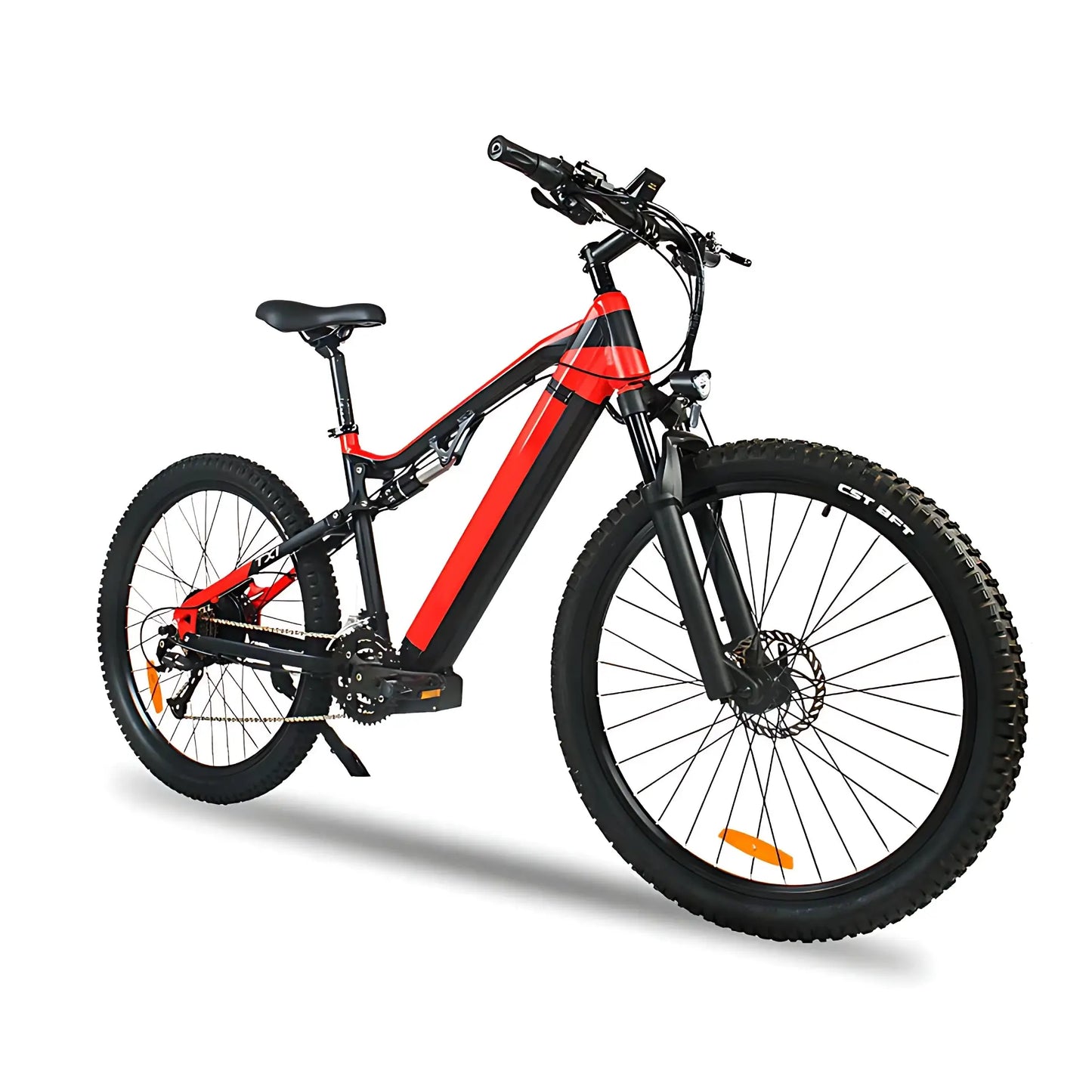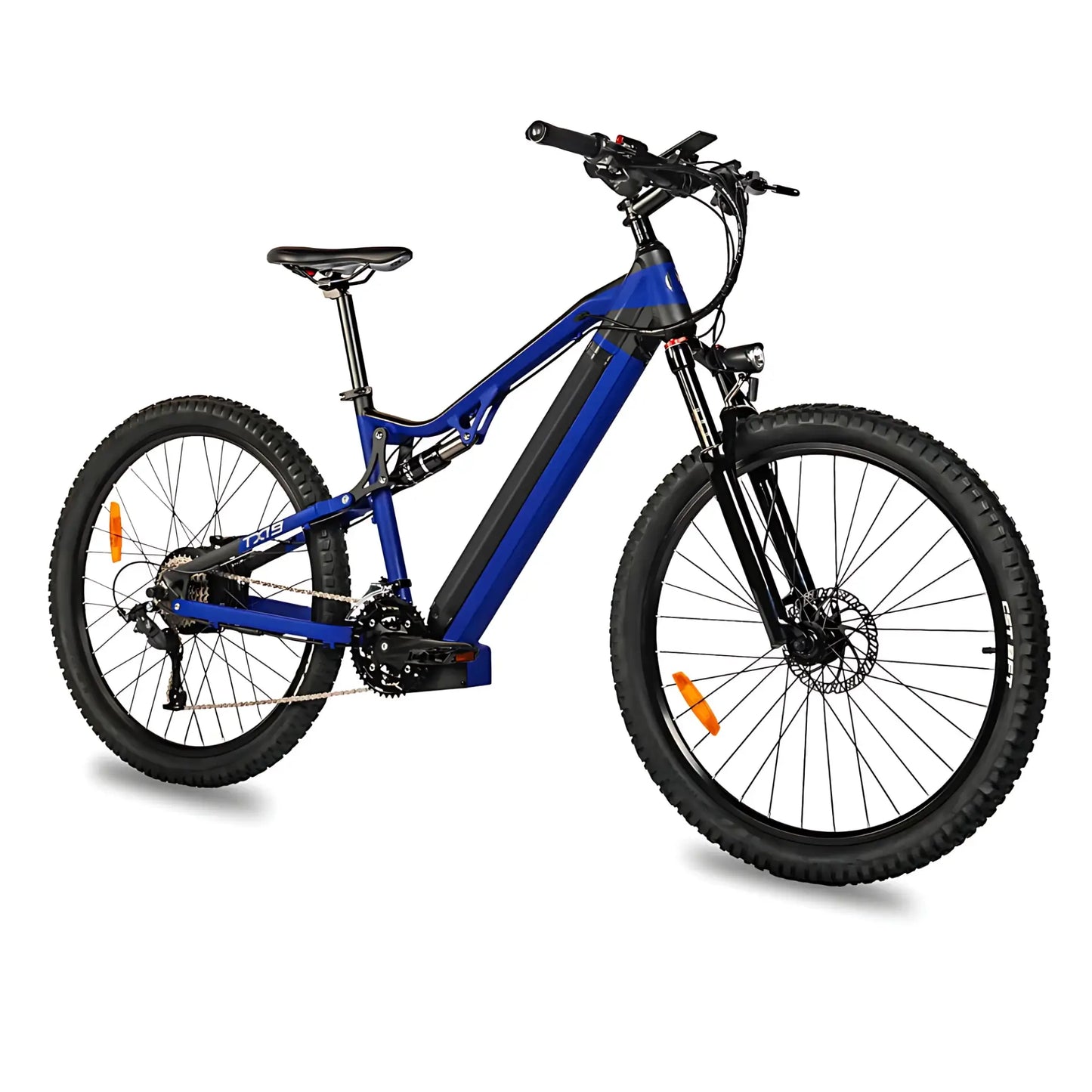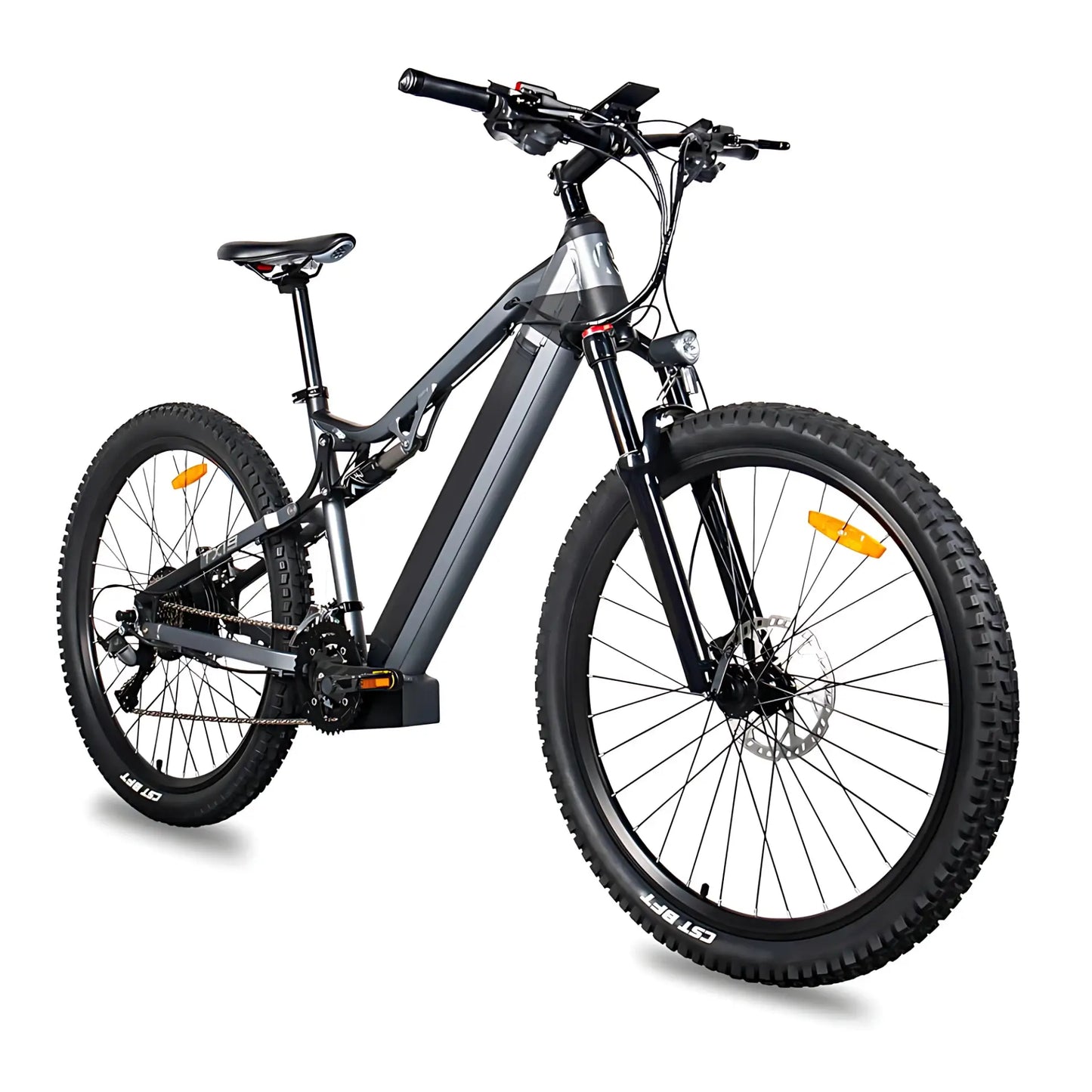Electric Mountain Bike vs. Traditional MTB: Which One Rules the Ride?
Share
Mountain biking has long been a battle between man and nature – grit, muscle, and endurance versus the raw challenge of rugged trails. But with the rise of the electric mountain bike, the game is changing. Are these high-tech rides the future of trail biking, or is the classic pedal-powered mountain bike still king?
Let’s compare the two.
Traditional mountain bikes have their appeal. They’re simple, lightweight, and rely solely on human power. That means no battery charging, no electronics to manage, and not much to go wrong. For riders who love the satisfaction of powering through climbs and descents with nothing but their legs, traditional mountain bikes remain a solid choice.
 But electric mountain bikes bring something new to the table: versatility. Thanks to built-in motors and battery-powered assistance, e-bikes allow riders to tackle tougher terrain, ride longer distances, and climb with less fatigue. An e-mountain bike doesn’t eliminate effort; it amplifies it. In assisted mode, you still pedal, but with an added boost that makes even the toughest routes more manageable.
But electric mountain bikes bring something new to the table: versatility. Thanks to built-in motors and battery-powered assistance, e-bikes allow riders to tackle tougher terrain, ride longer distances, and climb with less fatigue. An e-mountain bike doesn’t eliminate effort; it amplifies it. In assisted mode, you still pedal, but with an added boost that makes even the toughest routes more manageable.
This advantage is especially important for beginners, older riders, or those recovering from injury. Instead of avoiding mountain biking altogether, many are rediscovering the joy of the trail with the help of an electric bike.
The debate also comes down to purpose. If your goal is endurance training, then a traditional mountain bike makes sense. But if you’re focused on adventure, exploration, and maximizing fun, an e-mountain bike is hard to beat. Plus, with advances in battery efficiency, motor integration, and lightweight frames, today’s electric mountain bikes are sleeker and more trail-worthy than ever.
There’s no wrong choice; it’s about what you want from your ride. The bottom line? For a powered-up trail experience, the electric mountain bike is a serious contender.


